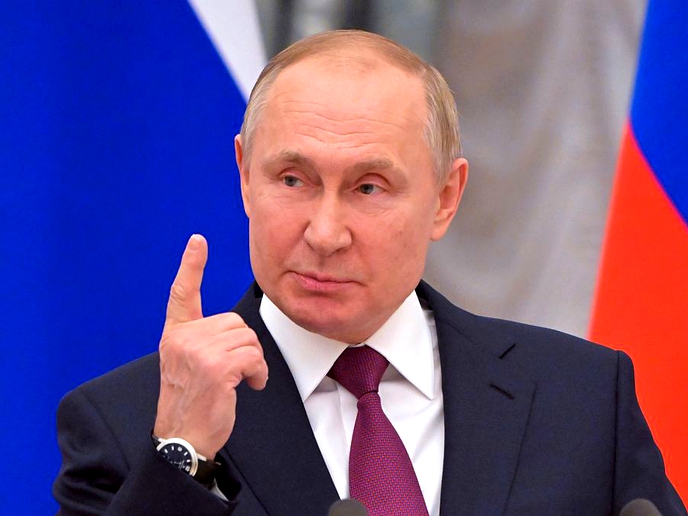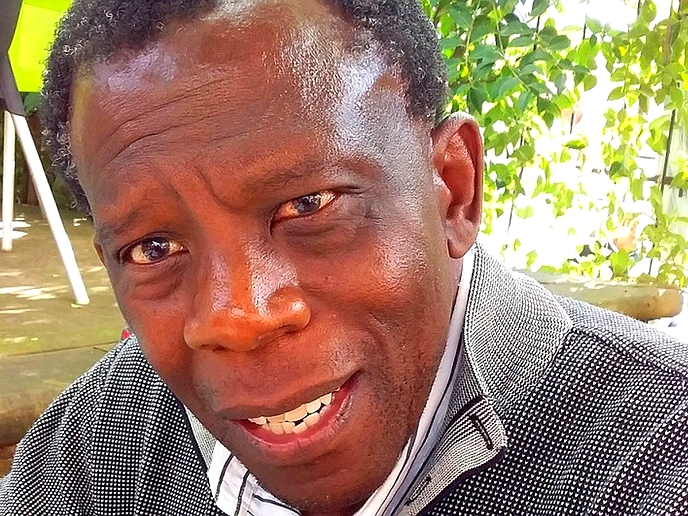As Russia’s war in Ukraine dragged into a ninth month, its army’s weaknesses became clearer with an apparent reliance on Iranian support growing stronger.
world
Oct. 31, 2022
BY JOHN PSAROPOULOS, AL JAZEERA
7 min read
As Ukraine war drags into ninth month, Russia’s woes worsen
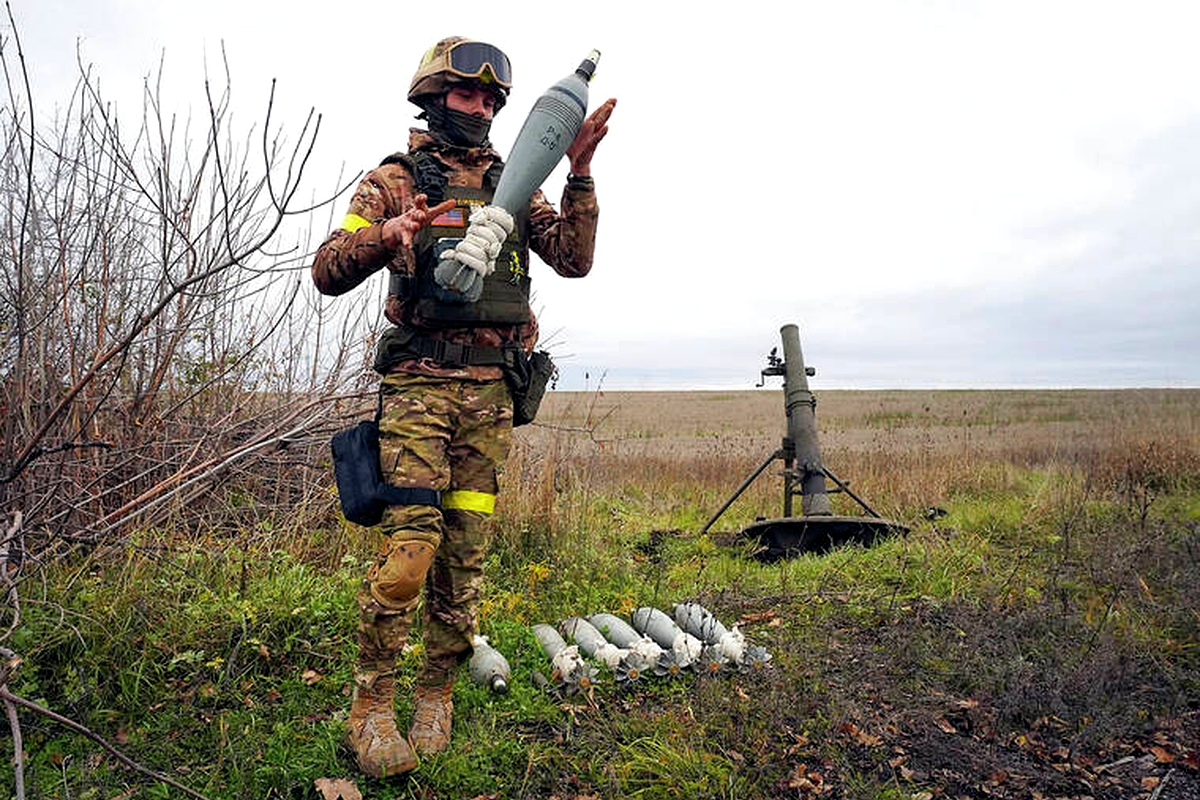
Putin scrambles to boost weapons production for Ukraine war
Story highlights
Ukrainian civilians are brushing off attacks, widely understood to be carried out with Iranian-made Shahed-136 “suicide” drones despite Tehran’s insistence otherwise, and Ukrainian forces are taking more territory in the south and east.
Meanwhile, United States lawmakers and the French president – more on these developments later in this report – appear to be sending mixed signals about their resolve to continue supporting Ukraine.
Also this past week, Russian forces pummelled Bakhmut in the east, without breaking Ukraine’s defences.
In the Luhansk region, Ukrainian forces reportedly captured a highway linking Kreminna to Svatove, two towns unlocking the way to Starobilsk, a major logistics centre.
The efforts of Russian troops to retake the offensive in Kharkiv, where they recently lost more than 8,000 square kilometres (3,088 square miles) of ground, were ineffective. Ukrainian forces say they have now retaken 544 settlements in the region, with just 32 remaining under occupation.
It is Kherson, in the south, where Russian forces have reportedly amassed 45 battalion tactical groups, that the next major – and possibly pivotal – action is expected to be fought.
Russian forces mined crossings and bridges across the Dnieper River in expectation of a Ukrainian counterattack, according to Kyiv.
“Engineering and sapper units of the Russian occupying forces mine the [east bank of the Dnieper River], leaving small passages for a potential retreat of their troops from the right bank,” said the General Staff of the Armed Forces of Ukraine.
The staff said Russia had sent 2,000 newly mobilised personnel to supervise the evacuation of doctors, teachers and bankers from western Kherson.
Russia’s Tass news agency reported that Moscow’s forces were preparing Kherson city for street battles, as “authorities” evacuated doctors, teachers and bankers from the wider area.
“All civilians of Kherson must immediately leave the city … all departments and ministries of civil administration must cross today to the left bank of the Dnieper,” the city’s occupation administration said in a message on the Telegram channel on October 22.
To date, about 70,000 have fled Kherson, according to Moscow. Ukraine says the evacuations are better described as forced deportations to Russia or occupied territories.
The head of Ukrainian intelligence, Kyrylo Budanov, told Ukrainian Pravda he believes Kherson city will probably be captured by the end of the year.
An August 29 counteroffensive has already recaptured more than 500sq km (190sq miles) of the region, and Russian preparations now seem focused on defence and flight.
Ukraine’s military intelligence reported that Russia was mining the locks and engine rooms of the Kakhovka hydroelectric dam on the Dnieper River.
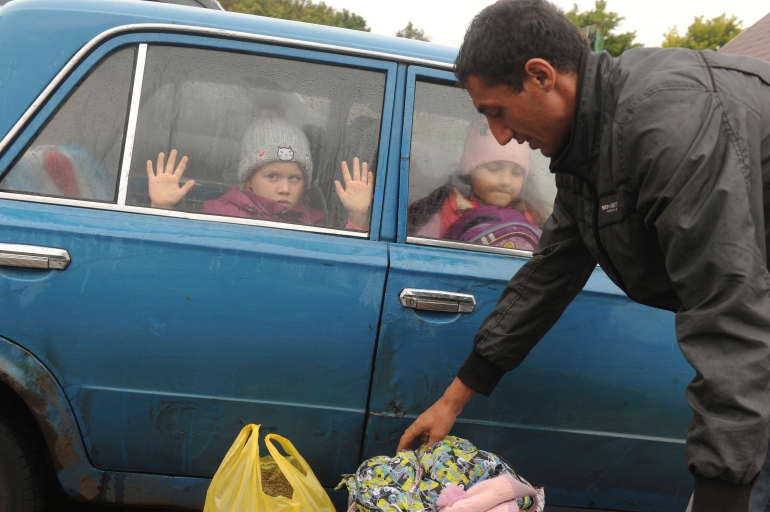
Children look through a car’s windows as they and other refugees from the Kharkiv region of Ukraine arrive at a temporary camp in Belgorod, Russia [File: AP]
Enjoy our daily newsletter from today
Access exclusive newsletters, along with previews of new media releases.
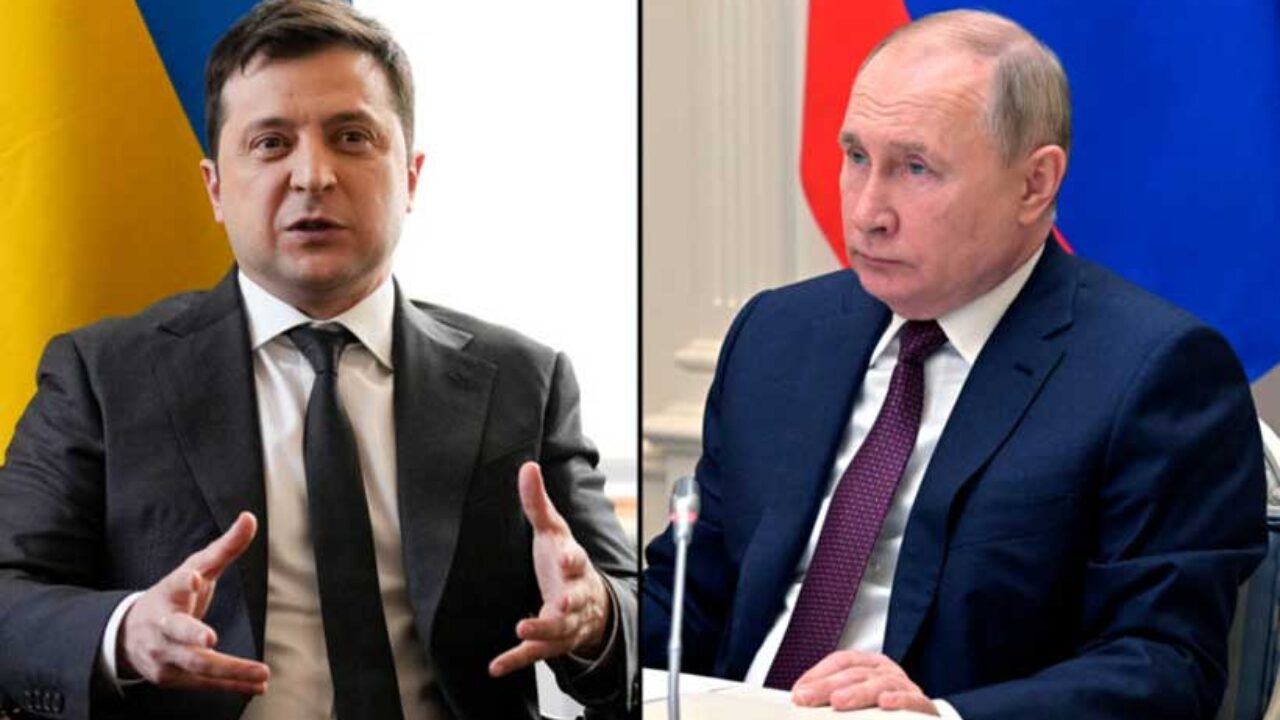
Reports says Russia's Putin, Ukraine's Zelensky agree to attend G20 summit in Bali
The Institute for the Study of War said Russian forces would likely blow the dam to cover their retreat.
Budanov said partially blowing the dam would flood western Kherson and delay a Ukrainian advance by two weeks, mainly because the dam will cease to act as a bridge and transport artery.
Russian shortages
Russia has been running out of missiles and ammunition, Western and Ukrainian sources say.
“Terror with the use of Shahed [drones] may be around for a long time,” said Budanov, because Russia had ordered 1,700 of the allegedly Iranian-made weapons – though they have not all been built.
“But with the use of missiles – no, because the reserves are almost exhausted. About 13 percent [of stocks] remain for Iskanders, about 43 percent for Kalibr-PL, Kalibr-NK missiles, and about 45 percent for Kh-101 and Kh-555 missiles. It is generally very dangerous to fall below 30 percent, because [that is] the intact reserve,” he said.
Ukraine said that in addition to drones, Iran was considering supplying Russia with Fateh-110 and Zulfighar missiles, which approximate the Iskander missile. The procurement would be in the dozens of missiles.
The New York Times reported that Russia had moved S-300s from Syria to Ukraine, suggesting a shortage of even this munition thought to be in ample supply.
Meanwhile, Wagner Group founder Yevgeny Prigozhin has been criticising Russia’s handling of the war in conversations with Russian President Vladimir Putin, the Washington Post reported.
The Russian armed forces have poorly supplied the Wagner Group with weapons and money, despite relying on it increasingly, especially in the east, the newspaper said.
Ukraine’s military intelligence said some 8,000 Wagner mercenaries were active on Ukrainian soil, with the majority recruited from Russian prisons.
Unable to win or hold territory, Russia continued to pound Ukraine’s infrastructure from the air, mainly using the Iranian “kamikaze” drones Iran officially denies supplying.
Budanov said the strikes were exclusively against civilian infrastructure.
Russian lawmaker Andrey Gurulyov explained the strategy on Russian television.
“The absence of electricity means the absence of water, the absence of refrigerators, the absence of sewers. One week after all electricity is cut off, the city of Kyiv will be swimming in s***. There will be a clear threat of an epidemic,” Gurulyov said.
“We need to knock out the control centres. We’re in the digital age. Data centres with servers control the railways and Ukraine’s energy supply systems as well as banking systems and a mint that prints the money,” Gurulyov said, predicting a “flood of refugees towards Western borders”.
But this aerial campaign does not seem to be progressing according to plan.
After the initial shock of losing power and urban water pumping facilities targeted by drone attacks and missiles, Ukrainians jumped into action and claimed to restore 253 out of 580 damaged energy infrastructure facilities.
An October 24 poll revealed an undiminished will; 86 percent of Ukrainians told the Kyiv International Institute of Sociology they wanted to continue fighting despite attacks on civilians.
Even among Russian speakers, 66 percent voted for a continuation of the war. Overall, only 10 percent of Ukrainians said negotiations should begin to stop the bombing of cities.
In addition, Ukraine’s air defences were meeting with success in diminishing the threat.
Budanov estimated that air defences had shot down two-thirds of the 330 Shahed-136 drones deployed by October 22.
The Ukrainian General Staff’s figures for that day were typical of Ukraine’s success rate. Russia fired 40 missiles and 16 reported Shahed-136 drones. Ukraine shot down 20 of the missiles and 11 of the UAVs.
Ukraine’s air force spokesman Yuri Ignat said the German-supplied IRIS-T air defence system had performed well under attack, in the first confirmation that supplies received on October 11 and put into operation on October 17 were effective.
Defence minister Oleksii Reznikov said he expected air defence to be greatly strengthened in the next two months with the arrival of new systems as US president Joe Biden reportedly considered expediting the shipment of Hawk interceptor missiles to Ukraine.
Ukraine’s spirit contrasted with mixed signals from its key allies.
French President Emmanuel Macron, who has provided Caesar howitzers and promised Crotale air defences, told an audience in Rome that “the prospect of peace exists, when Ukraine comes to such a decision”, suggesting Ukraine should exchange land for peace.
In Washington, a group of 30 liberal US lawmakers wrote to Biden urging him to open direct negotiations with Moscow.
The letter made Democrats appear divided in their support for Ukraine days ahead of US midterm elections on November 8, and the signatories withdrew it after 24 hours.
The call came days after Republican House Minority Leader Kevin McCarthy appeared to suggest that his party would reduce military aid to Ukraine should it win a majority.
“I think people are going to be sitting in a recession, and they’re not going to want to write a blank cheque to Ukraine. They just won’t do it,” he said in an interview.
In contrast, a clear signal of support for Ukraine came from Italy’s first female leader, Prime Minister Giorgia Meloni, a right-wing populist who campaigned on the need to lower energy costs heightened by the war.
“Anyone who believes it is possible to trade Ukraine’s freedom for our peace of mind is mistaken,” she told parliament in her maiden speech. “Giving in to Putin’s blackmail on energy would not solve the problem, it would exacerbate it.”
Tailored for you



